Attorney J. Bradley Smith answering the question: “Should I ever plead guilty to a charge?”
A Canadian man recently had his drunk driving charges dropped thanks to his acid reflux problems. The driver, Phil Coffey, from Ontario, was first pulled over in 2010 as part of a DUI enforcement campaign by local law enforcement authorities. Coffey was suspected of drunk driving and given two breath tests which showed he had nearly twice the legal limit in his system, 0.15. Despite these potentially damning results, Coffey got the charges dropped after explaining the impact acid reflux can have on such readings.
Coffey admitted from the beginning that he had been drinking the night of his arrest. He claims to have had three small glasses of wine over the course of three hours at a friend’s wedding that he attended with his wife. Coffey also said he ate a large amount of greasy food that night, appetizers and a large pasta and beef entrée followed by dessert. His attorneys argued that this heavy meal combined with his acid reflux condition to lead to an inaccurate BAC reading. His reflux was especially out of control that evening because Coffey testified that he never took his prescription Nexium pill that day which works to control episodes of severe heartburn. 
Coffey had his doctor testify that he suffers from moderate to severe acid reflux which causes a person to regurgitate stomach acid into their mouth. Coffey claimed that he finished his last glass of wine while leaving the wedding and was pulled over a short time later. This meant that there was enough unabsorbed alcohol in his stomach to be pushed back up into his mouth by his acid reflux at the time the BAC reading was taken.
 Charlotte Criminal Lawyer Blog
Charlotte Criminal Lawyer Blog


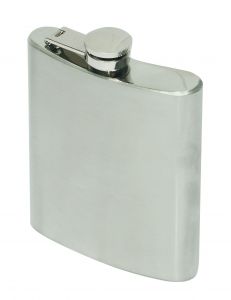
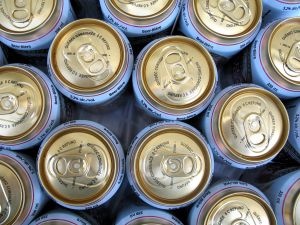
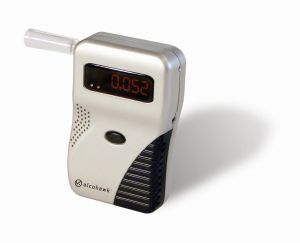
 Police had a similarly busy second night, with a checkpoint on the 6100 block of Brookshire Boulevard leading to 64 arrests, 10 of which were DWI-related.
Police had a similarly busy second night, with a checkpoint on the 6100 block of Brookshire Boulevard leading to 64 arrests, 10 of which were DWI-related. There was a big drop to the third place county, Guilford, which had 106 arrests during the campaign. The results indicate that many drivers were choosing to drink and drive while at or near the beach, as three of the top 10 counties for DWI arrests are located on the coast of the state: Carteret, New Hanover, and Brunswick.
There was a big drop to the third place county, Guilford, which had 106 arrests during the campaign. The results indicate that many drivers were choosing to drink and drive while at or near the beach, as three of the top 10 counties for DWI arrests are located on the coast of the state: Carteret, New Hanover, and Brunswick.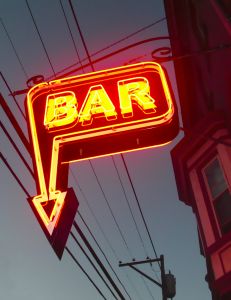 During the same time period, more than two-thirds of drunk driving deaths (7,145 or 70 percent) involved drivers with a blood alcohol concentration (BAC) of .15 or higher. Overall, the most frequently recorded BAC among drunk drivers involved in fatal crashes was .18 BAC.
During the same time period, more than two-thirds of drunk driving deaths (7,145 or 70 percent) involved drivers with a blood alcohol concentration (BAC) of .15 or higher. Overall, the most frequently recorded BAC among drunk drivers involved in fatal crashes was .18 BAC.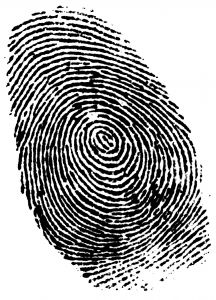 Officer Padgett arrested Bradshaw the first time for drug possession and driving with a revoked license following a traffic accident. Bradshaw then posted bond of $2,500 and got out of the Gaston County Jail at 9:21 p.m. last Thursday.
Officer Padgett arrested Bradshaw the first time for drug possession and driving with a revoked license following a traffic accident. Bradshaw then posted bond of $2,500 and got out of the Gaston County Jail at 9:21 p.m. last Thursday.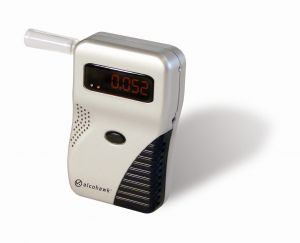 The organization conducted a controlled experiment to determine just how accurately the device measured a person’s BAC. The test also served as a training exercise for officers to help them recognize signs of an impaired driver.
The organization conducted a controlled experiment to determine just how accurately the device measured a person’s BAC. The test also served as a training exercise for officers to help them recognize signs of an impaired driver.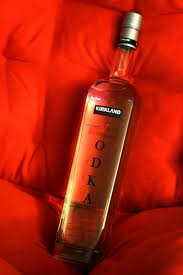 Two teenagers were involved in a crash that killed one, a 17 year-old-girl, and injured another, the 16-year-old driver. The driver, Garrett Prince, has been charged with multiple counts in connection with the crash, including “felony death by motor vehicle, driving while impaired, provisional DUI, careless and reckless driving, having an open container of liquor, speeding and possession of marijuana.”
Two teenagers were involved in a crash that killed one, a 17 year-old-girl, and injured another, the 16-year-old driver. The driver, Garrett Prince, has been charged with multiple counts in connection with the crash, including “felony death by motor vehicle, driving while impaired, provisional DUI, careless and reckless driving, having an open container of liquor, speeding and possession of marijuana.”